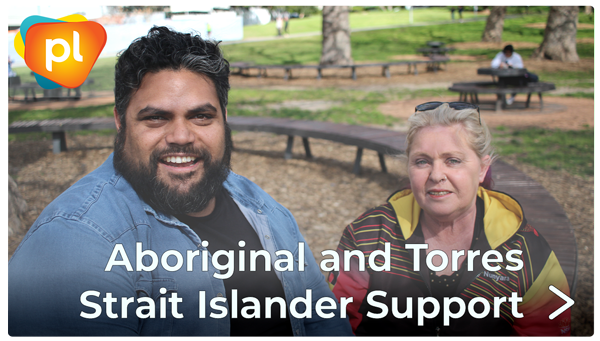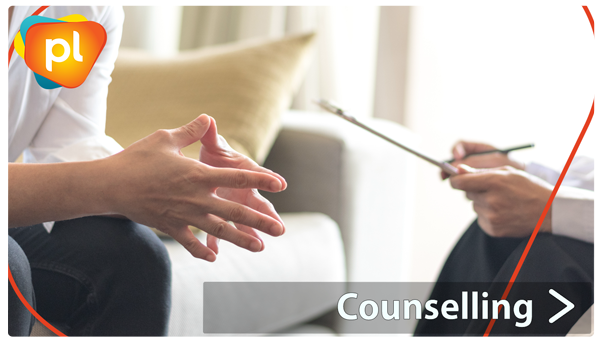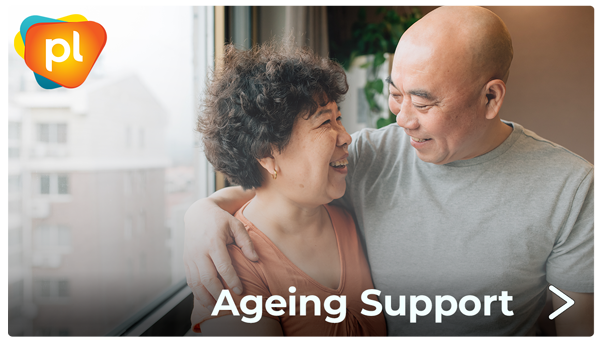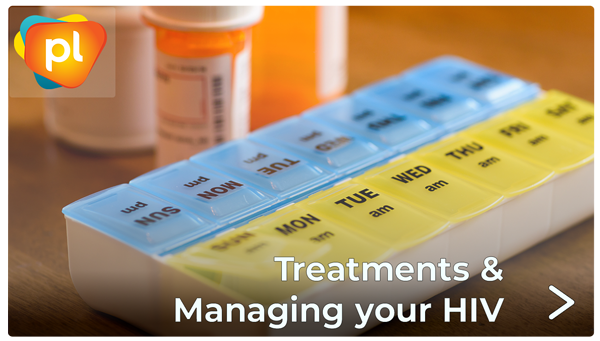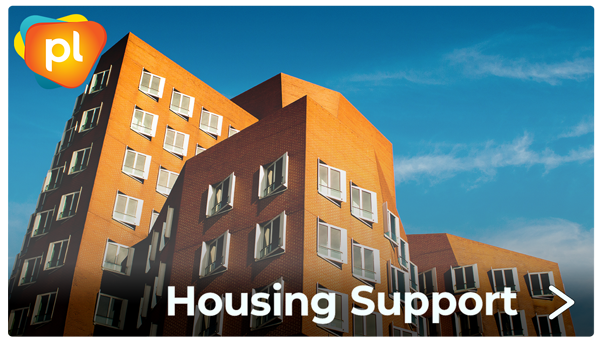
Let’s start having honest conversations about the systemic silencing of women within our society, particularly when it comes to the medical sector’s pervasive disbelief of women’s experiences of pain and right to bodily autonomy. New HIV diagnoses in gay, bisexual and other men who have sex with men (GBMSM) continue to decline in NSW, while new diagnoses in heterosexual men and women, particularly from culturally and linguistically diverse (CALD) and Indigenous backgrounds is climbing.
In 2016 the HIV notification rate of Aboriginal and Torres Strait Islander people was 2.2 times greater than that of non-Indigenous people. In 2016, there were an estimated 26,444 people living with HIV in Australia, of which an estimated 2,796 (11%) people living with HIV were unaware of their HIV status (undiagnosed). Of these undiagnosed people living with HIV, 17% were heterosexual and 13% were female.
Nearly half of all heterosexual people living with HIV are diagnosed with late stage HIV infection, meaning they likely acquired HIV at least four years prior to diagnosis. They are referred to as ‘late presenters’, but often they are presenting time and again (i.e. ‘frequent presenters’) to various medical professionals who simply won’t consider an HIV test, even at times when women are brave enough to find their voice and ask for a test. This is particularly pertinent when women are diagnosed with and treated for an STI and are still not receiving an HIV test.
Worldwide, women and girls are disproportionally affected by HIV, with women accounting for more than half of all people living with HIV in the world. Gender inequality and violence against women is one of the most significant drivers of HIV infection among women and girls worldwide, which impacts on women’s ability to negotiate condom use, access sexual health and testing services, and receive adequate treatment options.
I recall mid-last year seeing a different GP while my usual doctor was on holidays, for my standard yearly sexual health check-up. While I was in this appointment requesting a full suite of tests, including specifically asking for hepatitis C and HIV tests, this practitioner asserted “why would you need those tests? You don’t need those.”
The GP went on to question whether I had eaten any food shared by any people living with HIV, as if this could put me at risk of infection (which it most definitely cannot!). This sort of misinformation is still unfortunately prominent Australia-wide, even in inner-Sydney medical practices! It needs to be quashed. This is one of several potent barriers that contribute to the marginalisation of women, heterosexual people and other populations within Australia not deemed as ‘priority populations’ within the current HIV strategy response.
If we continue to be silenced and have our social and bodily autonomy taken from us, we will never be fully in control of our health and our lives, because silence=death. Every person who is sexually active or who injects is at risk of HIV. HIV doesn’t discriminate, people do. The earlier HIV is detected, the earlier it can be taken under control, and managed for our own health, and to prevent transmission to the people we love. This can only start with a test; knowledge is power.
This National Day of Women living with HIV, let’s educate ourselves, empower ourselves, and open our eyes, ears and hearts to the approximately 3,000 women living with HIV (WLHIV) in Australia. This isn’t about ‘us and them’, there is no ‘us and them’. She is the 57-year-old mother and grandmother of African descent, HIV positive, terrified to tell her community. She is also the 26-year-old bisexual woman studying full time, out and proud to friends. She could be your 40-year-old neighbour married to an abusive man who threatens to out her to her colleagues and restricts her access to medication and doctors’ appointments. These women are not only our neighbours, but our friends and family. They are us.
Go get an HIV test. Talk to your friends and family about sexual health. Educate yourself about the transmission routes, demographics, terminology to use, and the lived experiences of people living with HIV in our community. Challenge the stigma, discrimination and invisibility that still surrounds WLHIV in Australia today. Know your status!
Whenever we talk about feminism and women’s issues and rights; the LGBTQIA+ community’s struggles and rights; HIV in Australia; and chronic health conditions, WLHIV are perpetually left out of the conversation. We must address the intersectionality that faces WLHIV, as well as our own privilege and opportunity to empower all women with good health, autonomy, quality of life, and freedom from discrimination.

